Rahim Fortune – Hardtack
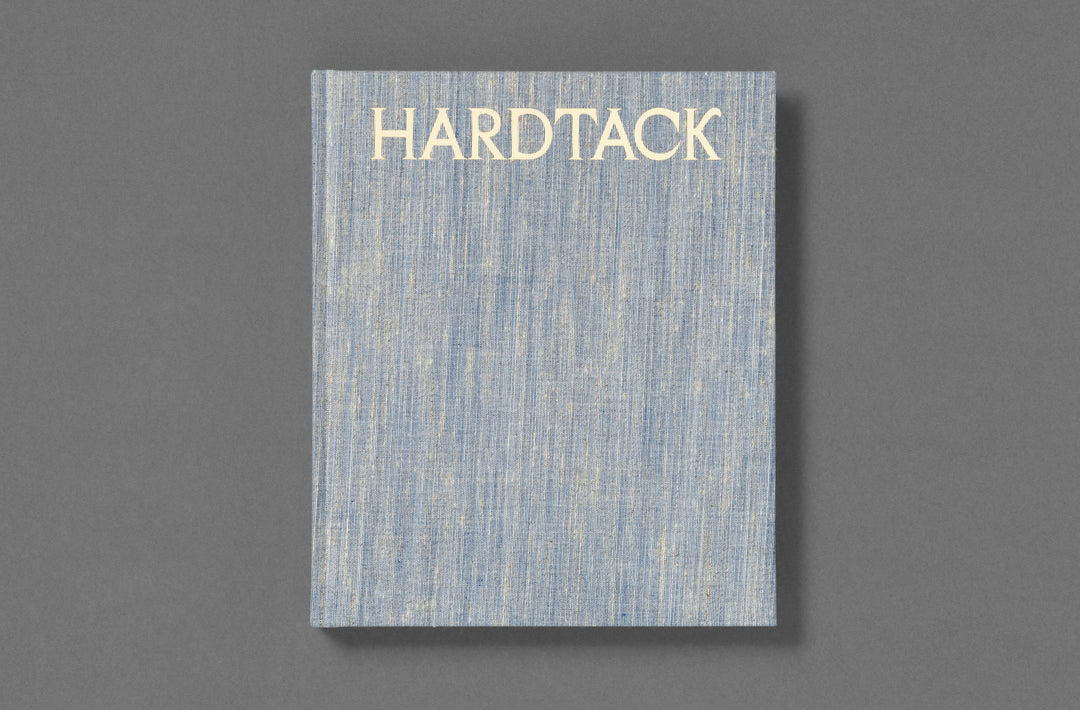
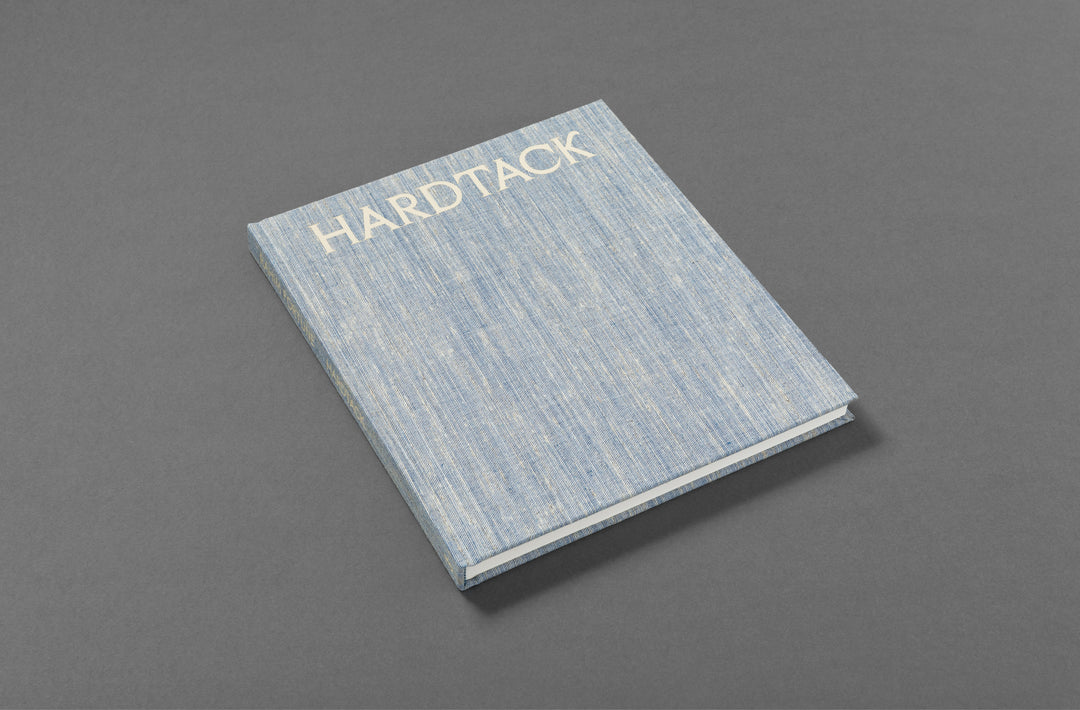
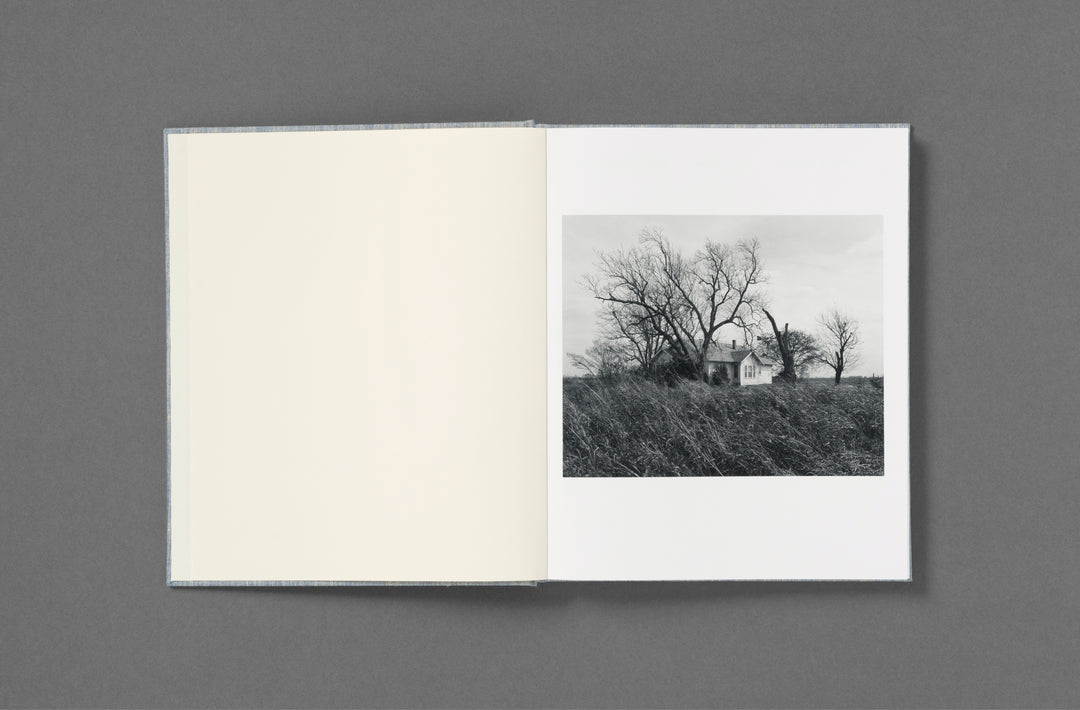


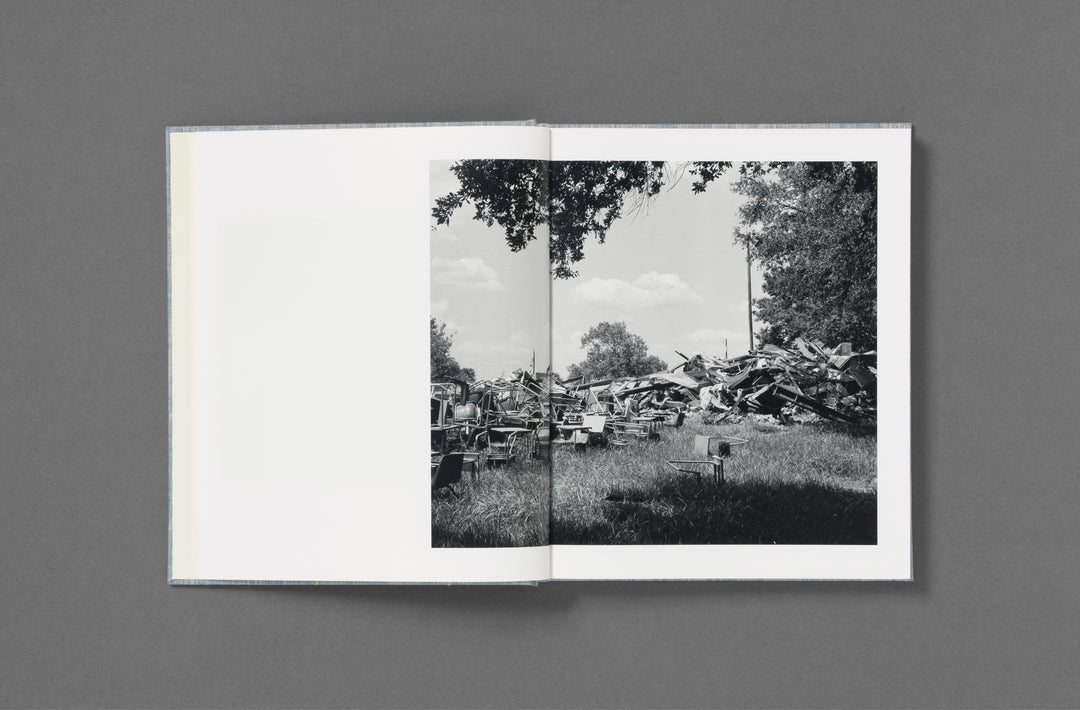
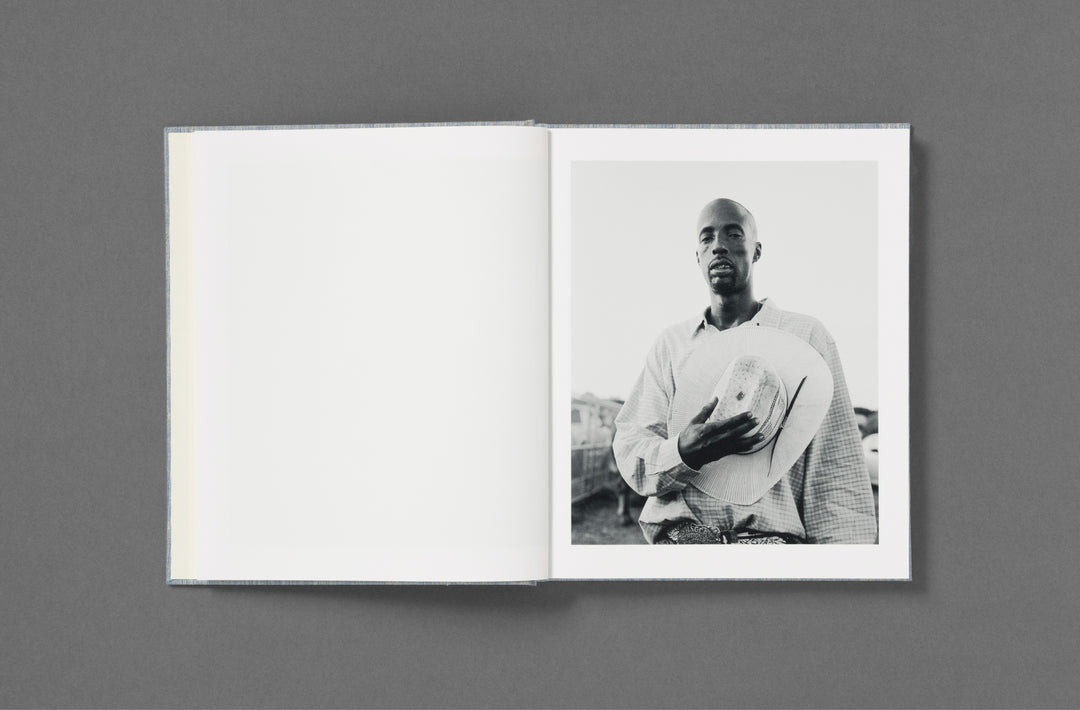

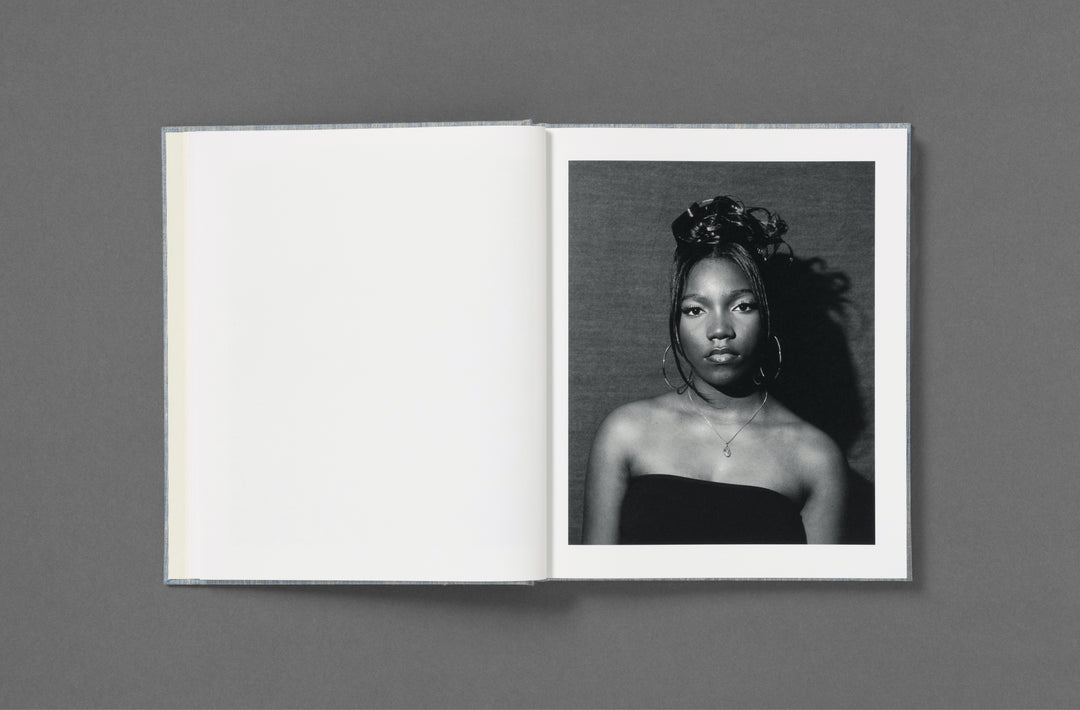

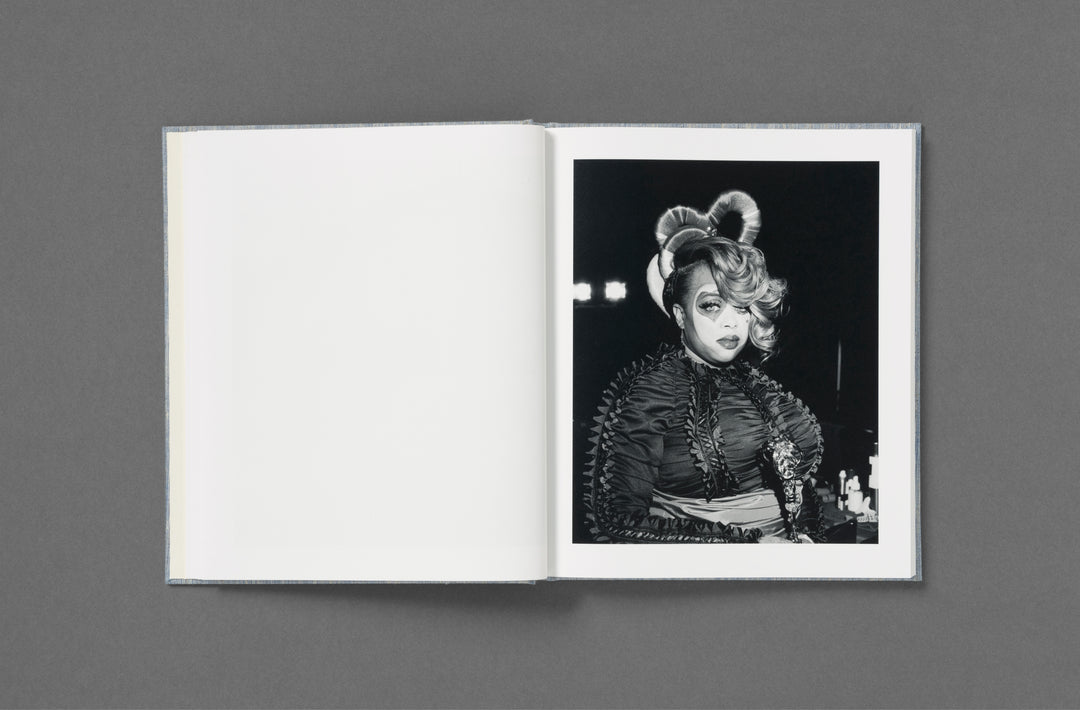
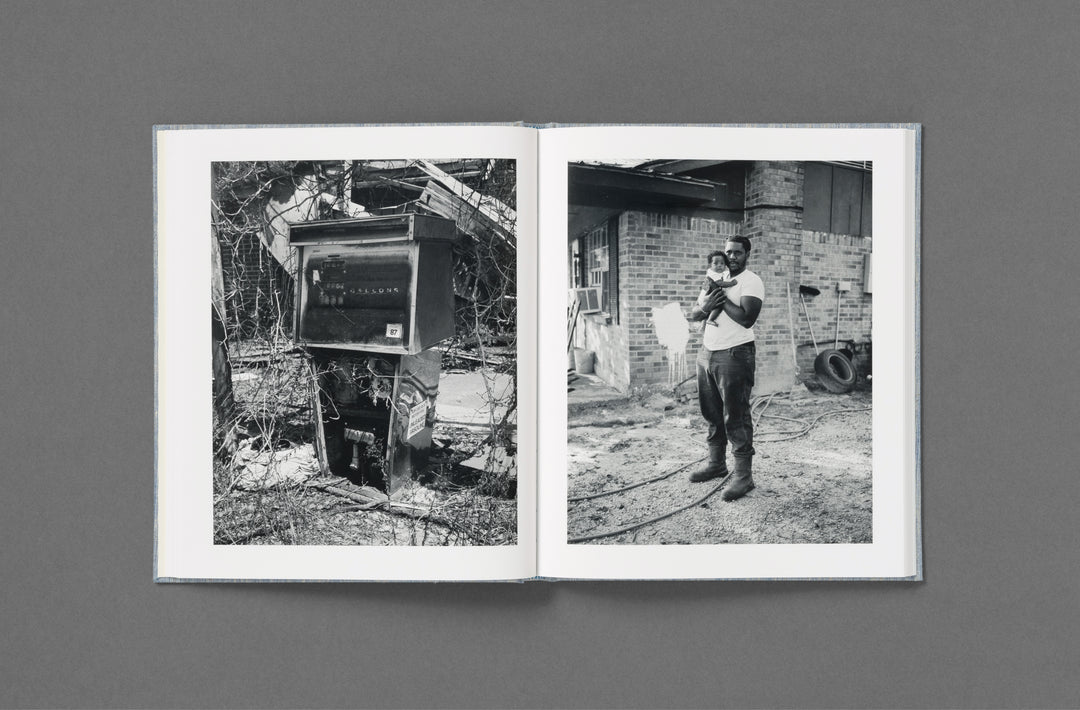
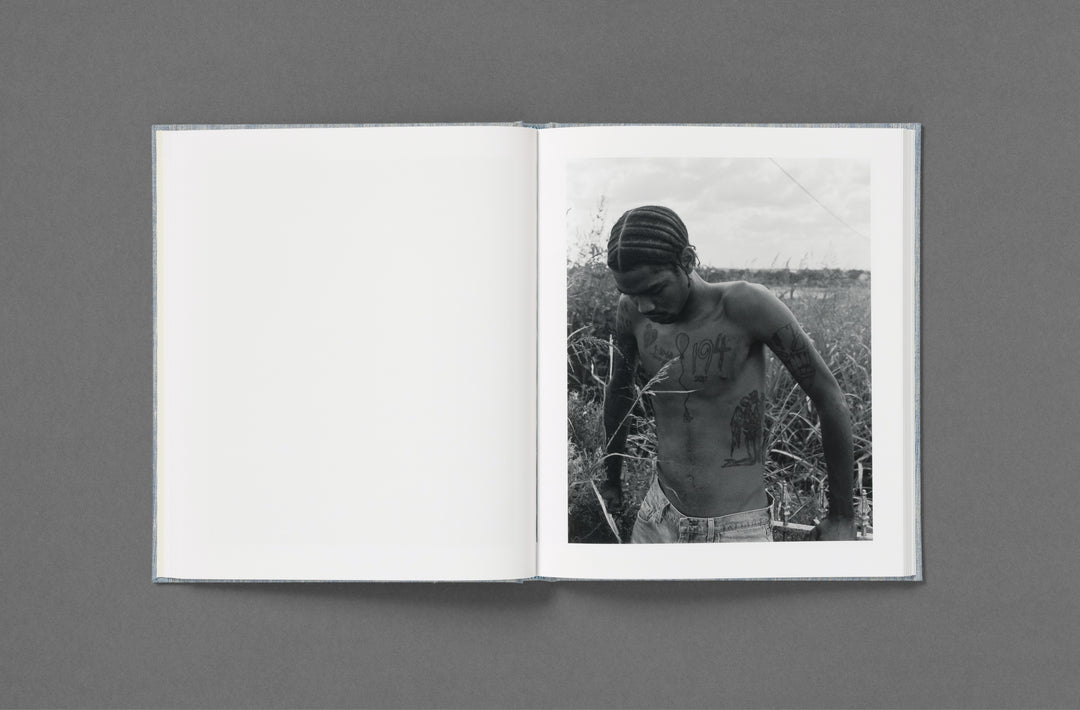
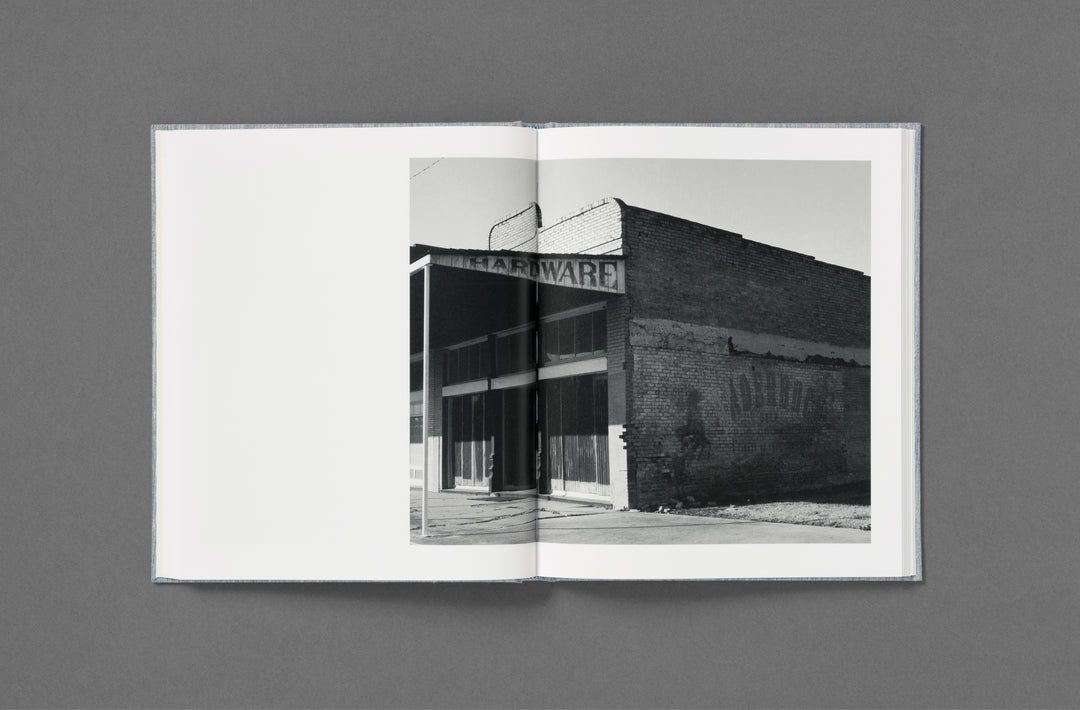
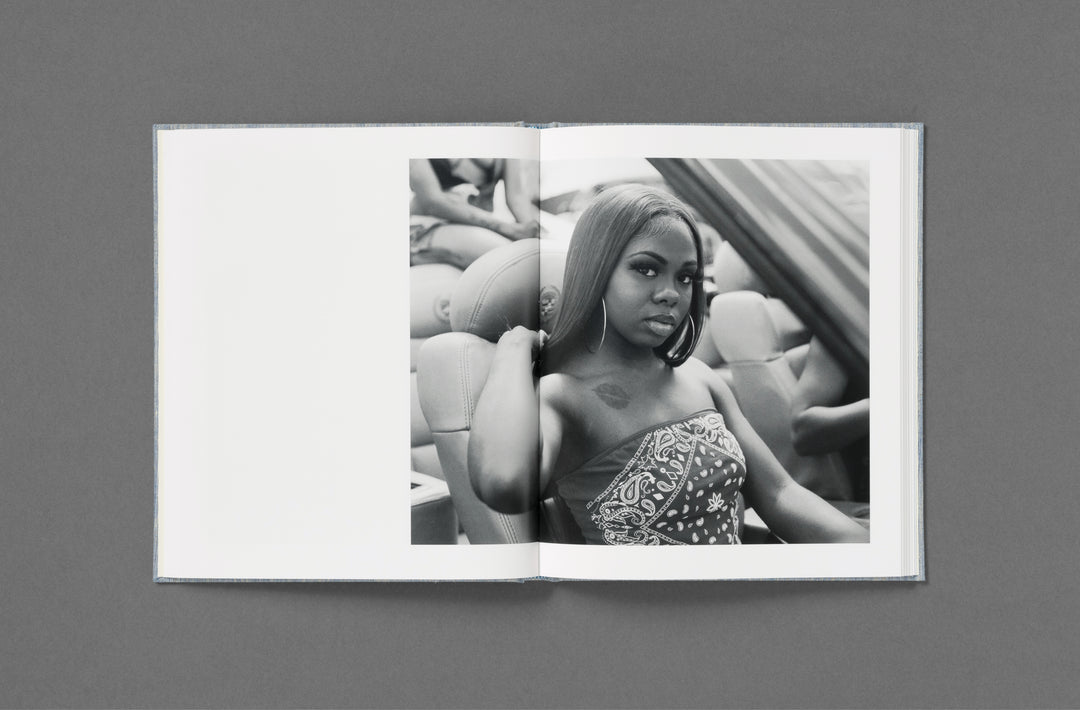
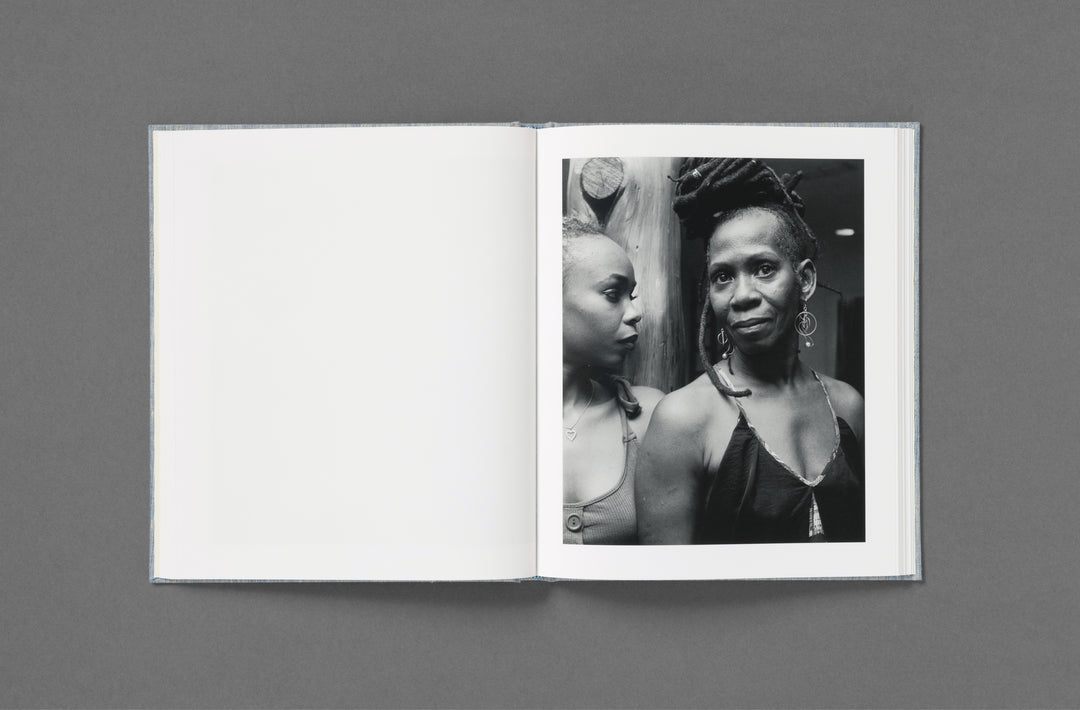
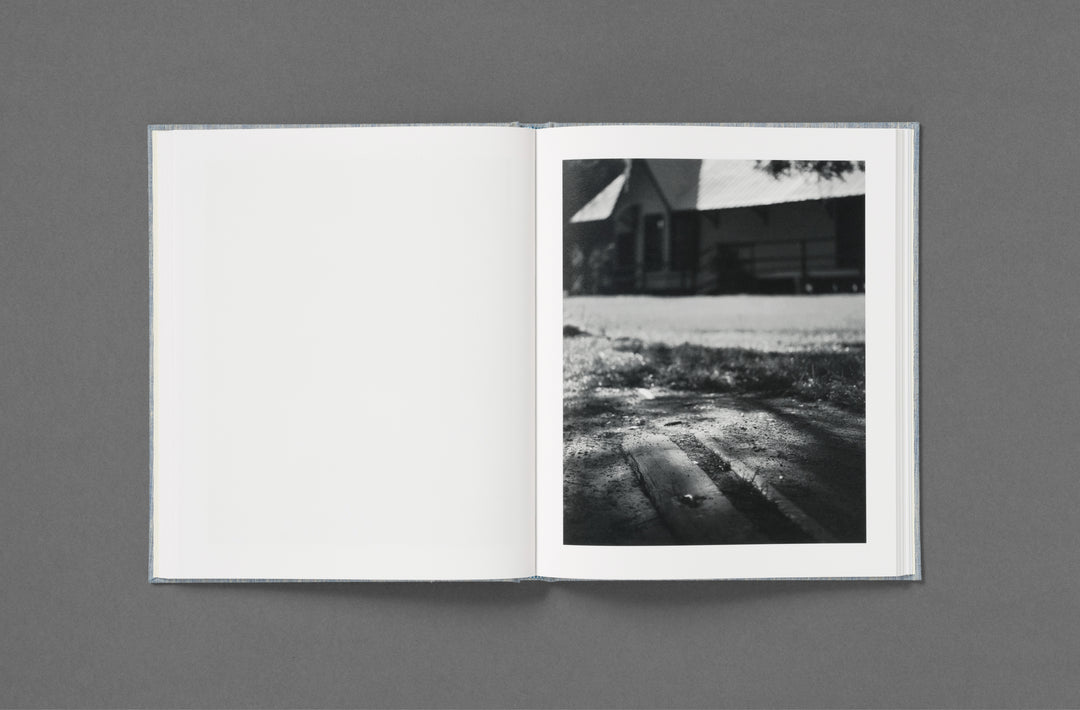

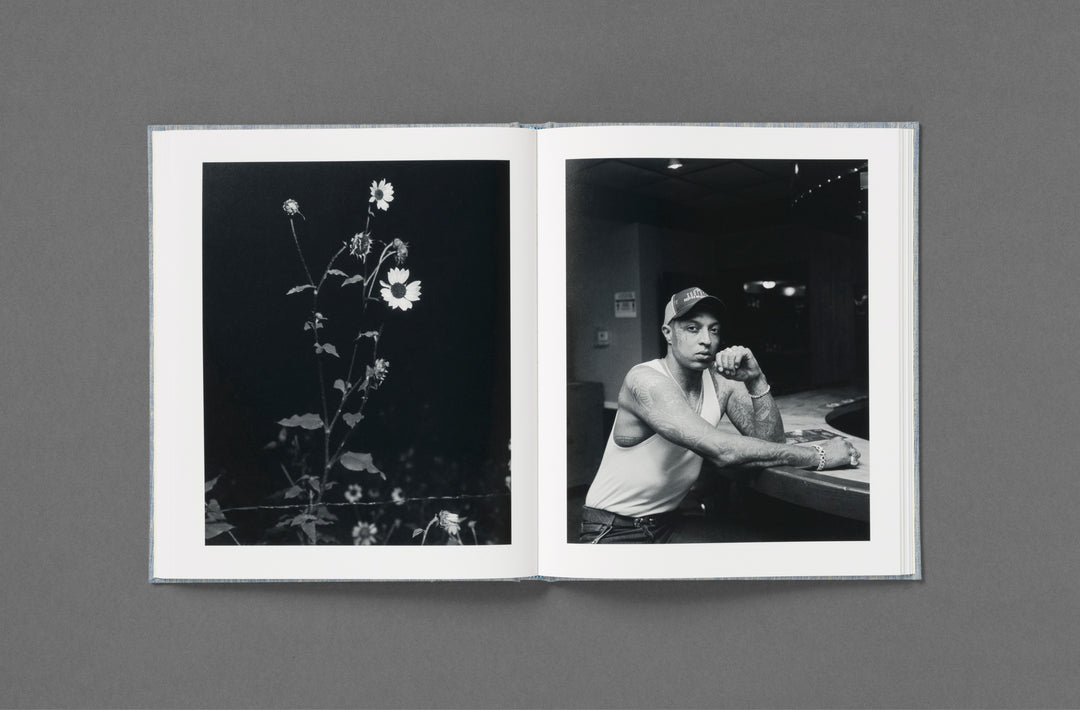
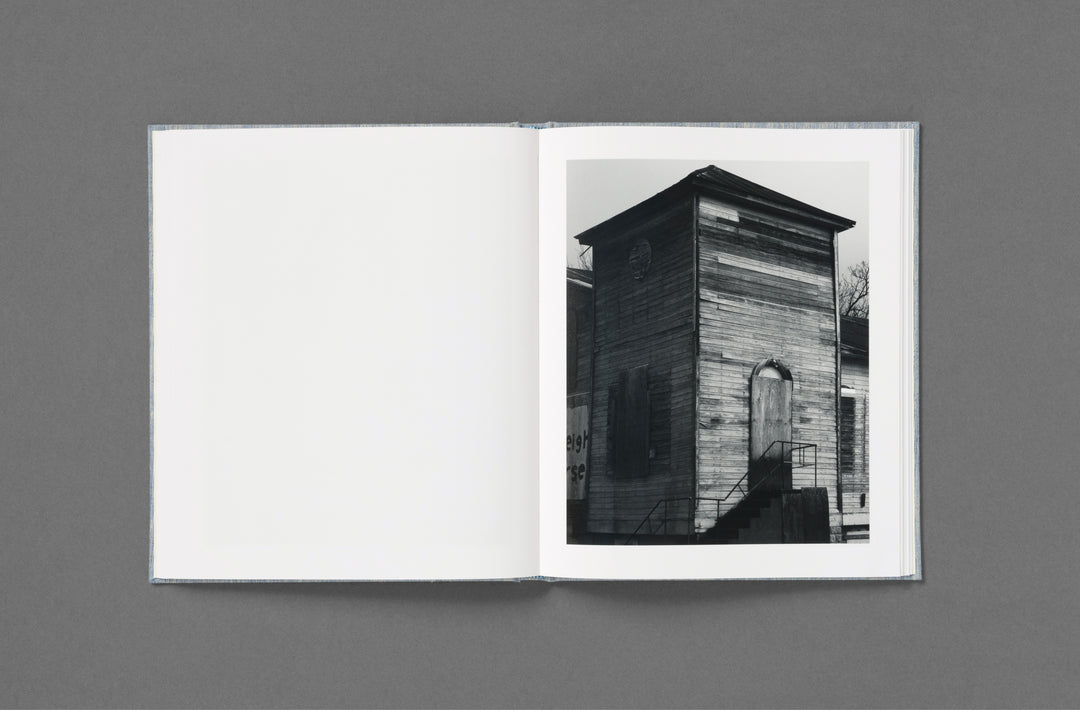
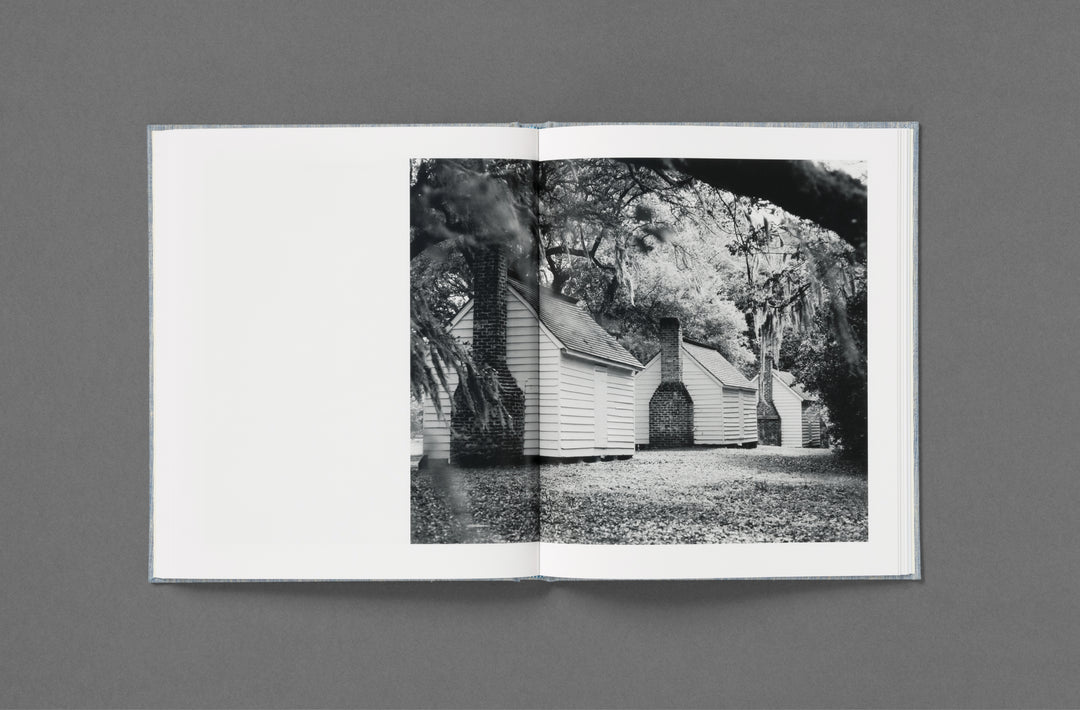
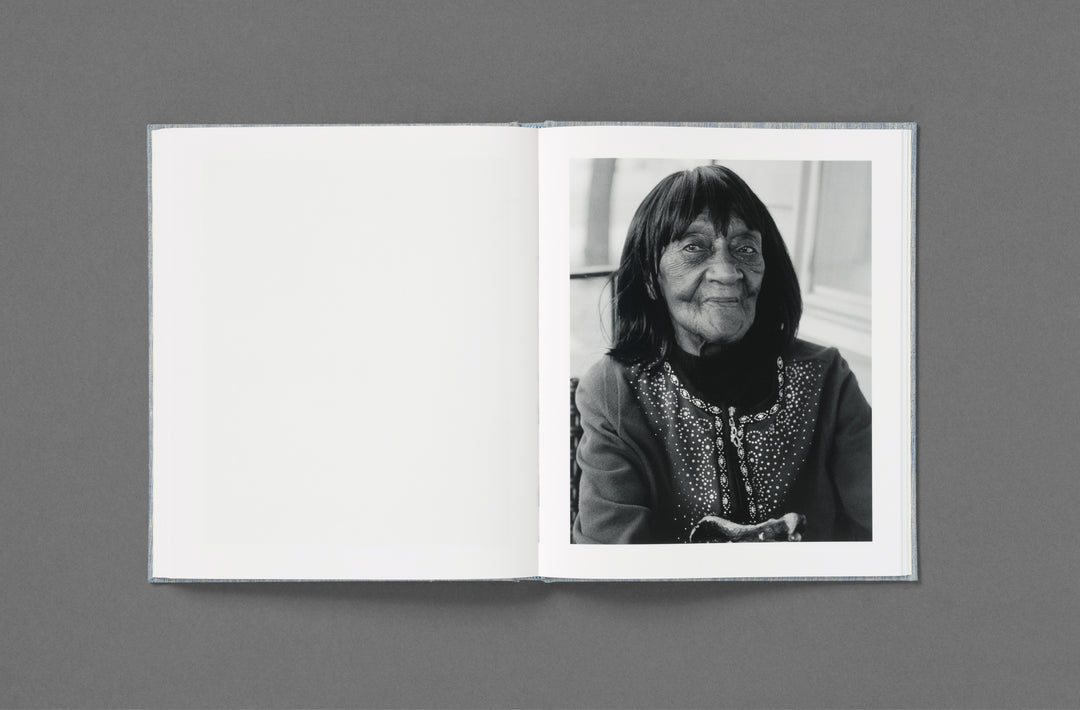

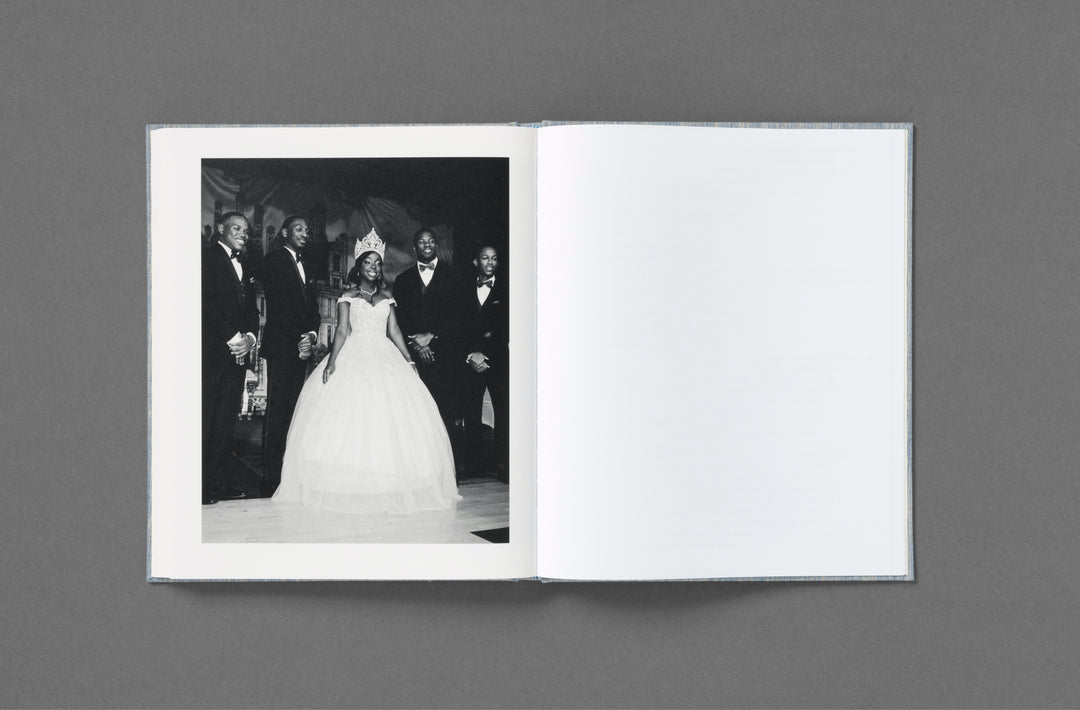


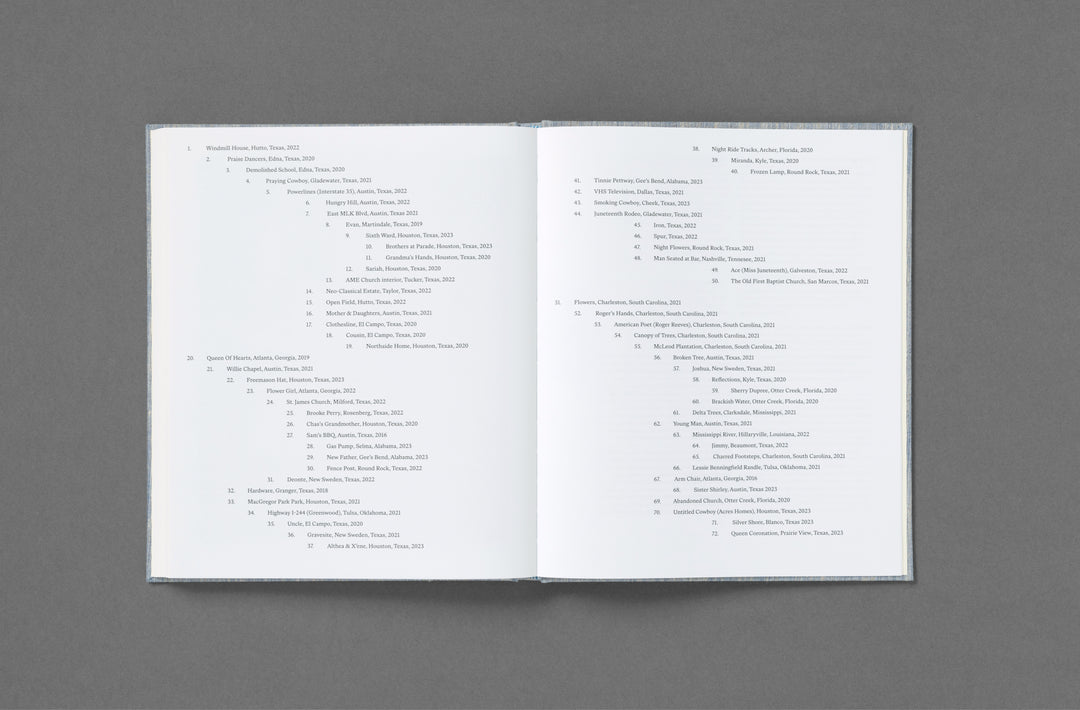
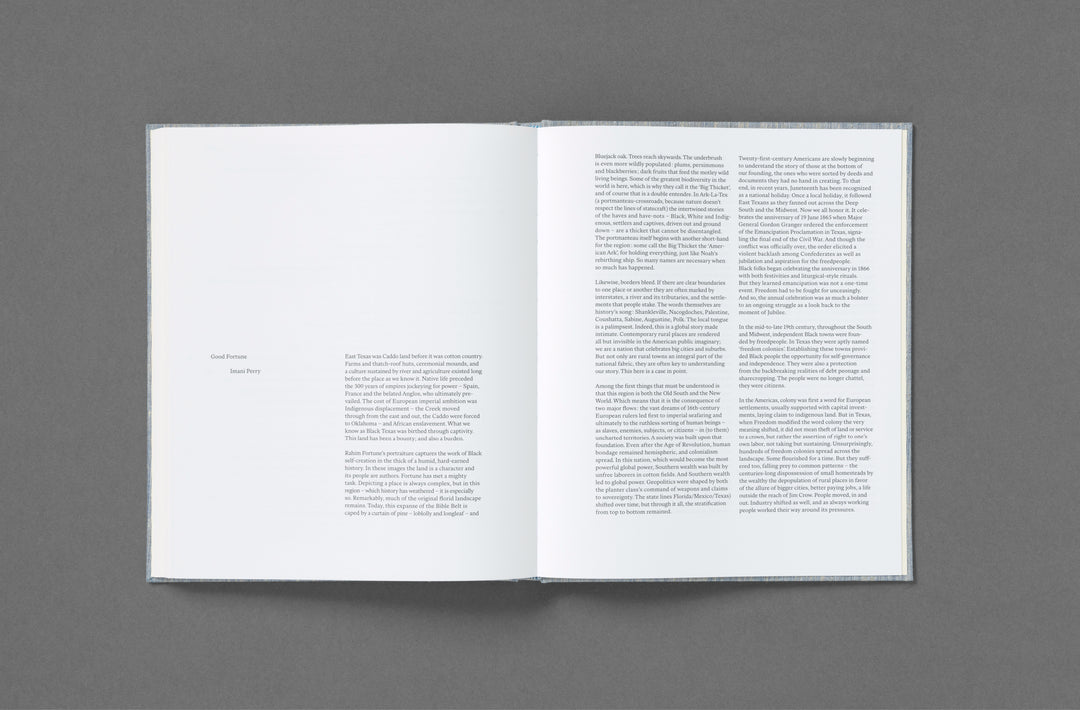
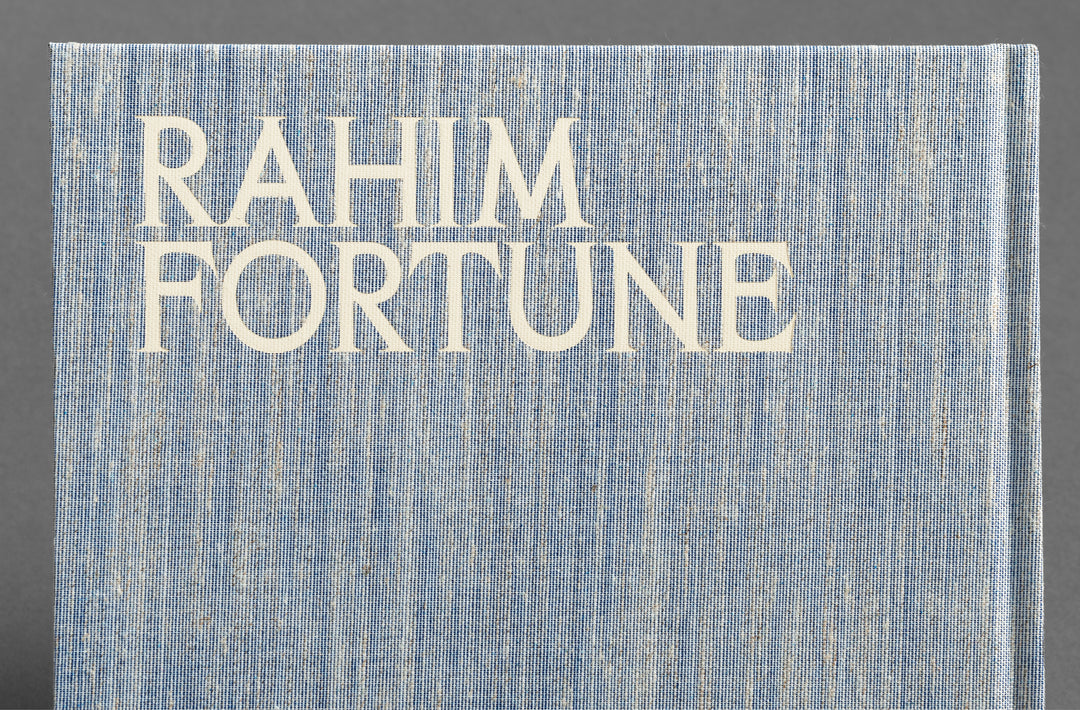

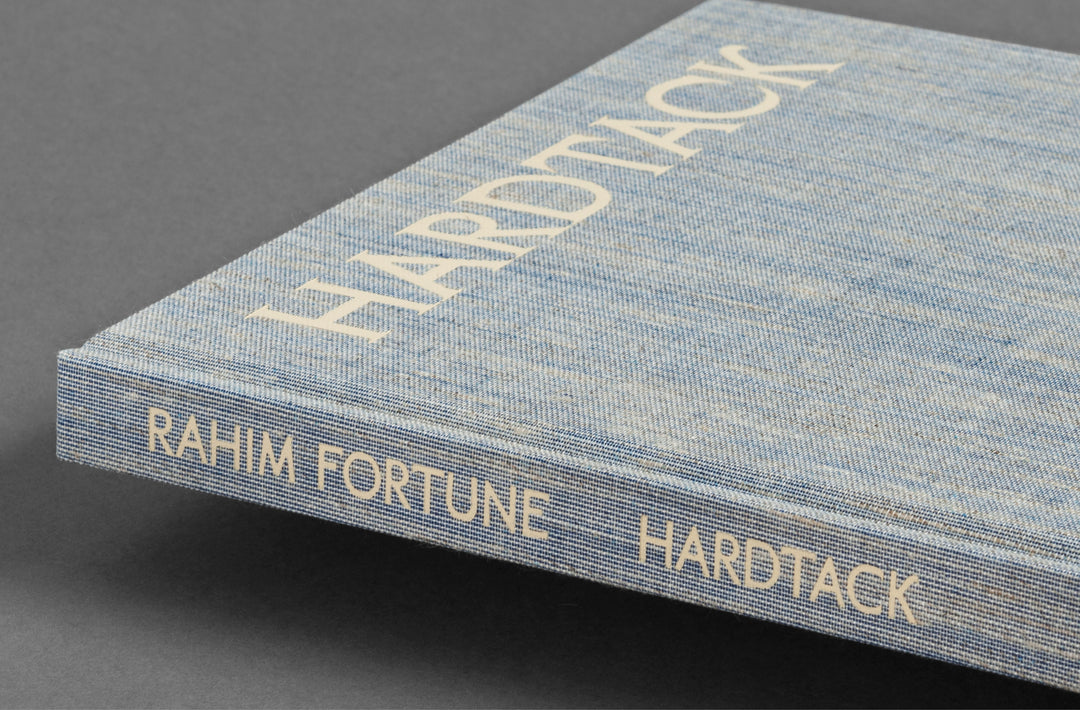
Fortune uplifts the long-enduring nature of Black culture and traditions in the American South across ten years of portraiture rooted in history and the landscape.
Flour, water, and salt. These are the sole ingredients that make Hardtack: a Civil War-era food long-associated with survivalism, land migration, and its extremely long shelf life. Drawing from this history as a metaphor for the long-enduring nature of Black culture and traditions, Hardtack uncovers the roots that tie Fortune's native landscape to the conflicts and nuances associated with the post-emancipation Americas.
In the follow-up to his breakout monograph I can't stand to see you cry, Fortune borrows from the language of vernacular and archival photography to interrogate the historical relationship of his community to photography; rooted in the landscape, Fortune often uses sites of historical and cultural interest as a guide but not a subject, implying the deep ties that bind modern Black communities resiliently to their regions, in the face of both adversity and joy.
A significant theme in Hardtack is Fortune’s striking portraits of coming-of-age traditions. Inside, young bull-riders, praise dancers, and pageant queens inherit and gracefully embrace these forms of community ritual. Fortune's dignifying eye pays tribute to these cultural performances' rigour, discipline and creative flair, alongside the intergenerational conversation between young people and elders handing down these traditions. Collecting together nearly a decade of work, Hardtack continues Fortune’s weaving of documentary and personal history, marking a sincere expression of love and passion to a region that has nourished the artist personally and creatively, while also marking an important contribution to photographing the American South.
- Rahim Fortune is a visual artist and educator from the Chickasaw Nation of Oklahoma. He uses photography to ask fundamental questions about American identity. Focusing on the narratives of individual families and communities, he explores shifting geographies of migration and resettlement and the way that these histories are written on the landscapes of Texas and the American South. Fortune’s previous book, I can’t stand to see you cry, was published by Loose Joints in 2021, and was the winner of the Rencontres d'Arles Louis Roederer Discovery Award 2022. His work has been featured in exhibitions worldwide and many permanent collections, including the High Museum in Atlanta, GA, LUMA Arles, the Victoria and Albert Museum, and The Boston Museum of Fine Art.
-
Special Edition also available with choice of two silver gelatin prints
-
Artist bundle also available: save 50% off I can't stand to see you cry when ordering together with Hardtack.
- 144 pages, 238 × 287 mm, 72 tritone plates
Section-sewn clothbound debossed hardcover
With a text by Imani Perry
Edited by Sarah Chaplin Espenon at Loose Joints
Designed & Published by Loose Joints
LJ198, March 2024
978-1-912719-55-6
- Prizes:
-
Nominated for the Deutsche Börse Photography Foundation Prize 2025
-
Nominated for Les Rencontres d'Arles 2024 Author Book Awards
- Press:
- 1000 Words
- Creative Review
- Vanity Fair
- The Atlantic
- The Guardian
- Another Mag
-
Texas Monthly
- The Observer
-
Photograph
Events: -
Rahim Fortune in Conversation at The Museum of Fine Arts Houston, Thursday 05 Sep 6–7pm
Rahim Fortune signing, ICP Photobookfest, Sunday 07 Sep 2pm -
Rahim Fortune in conversation with Nicole Fleetwood, ICP New York, Thursday 11 April 6.30–8pm. Ticketed, followed by a book signing.
- New York launch, Dashwood Books, Friday 03 May 6–8pm